Japanese Giants: The History of Korg Synthesizers
From organ-top drum machines to the best-selling synths ever.
Always independent and always unique; we take a look at The History of Korg Synthesisers. The rebel company of the Japanese Big Three that did things their way…
The History of Korg Synthesizers
When compared to Roland and Yamaha, Korg has always done things a little differently. Founded in 1962 by Tsutomu Kato, a nightclub owner, to make drum machines, Korg has always remained resolutely original. When I asked Korg synth designer Tatsuya Takahashi about this, he told me that, unlike the others in the Big Three Japanese musical instrument companies, Roland and Yamaha, Korg has remained a private company so it’s always been free to follow its own whims—for better or for worse.
MiniKorg 700: Korg’s First Synths
The story of Korg’s first analogue synthesizer starts in 1967 when young engineer Fumio Mieda (and the soon-to-be inventor of the Uni-Vibe) came to Kato with an idea to build a programmable organ. Kato liked the idea so Mieda got to work on Prototype No. 1, a test product organ with a unique synthesizer section—perhaps even the first synthesizer to be designed in Japan. After mining the organ elements of Mieda’s creation, and seeing synthesizers start to take off in America and England, Korg looked again to Prototype No. 1 to create something new.
- Korg Prototype No. 1 · Source: Adam Douglas
- Korg Prototype No. 1 detail · Source: Adam Douglas
Released in 1973, the MiniKorg 700 was a curious little animal. As with other synths released in Japan around the same time, it was designed to sit on top of an organ. However, it was not a preset affair but a tweakable monophonic synth with a single oscillator, filter and basic envelope section. Don’t expect modern and familiar controls though. These were the early days and everyone had to blaze their own trail. Perhaps the most surprising (and delicious) element was the Traveler, a combination lowpass/highpass filter organized into a single horizontal slider. The 700 also sounded incredible, with a sweet and very musical tone.
700S and 800DV: From Mini To Maxi
In 1974, Korg released an upgrade to the 700. Called the 700S, it added a second oscillator section, noise, filter modulation, a sustain parameter, and a comprehensive ring modulation circuit.
What’s better than a 700S? The correct answer is two of them. For maximum power, Korg took two 700S’s, crammed them into a single case, and called it the Maxi-Korg 800DV (1975). This resulted in a powerful, duophonic synth that could play two entirely unique sounds at the same time.
S-3100: Polyphonic Power
The late 1970s was a magical time for synthesizers. Everyone was trying their hand at something different, aiming to come to market with an analogue polyphonic synthesizer that could satisfy players wanting more power than what a monophonic instrument could deliver. Korg’s answer to the polyphonic problem arrived in 1977 with two absolute monsters, the PS-3100 and PS-3300. These vastly contributed to the history of Korg synthesizers.
Like Moog’s Polymoog, the PS-3100 made use of divide-down technology to spread its 12 oscillators across 48 keys. To this, the company then added a separate filter, envelope and amplifier for each of the 48 voices. As if this weren’t enough, the company also equipped the 3100 with an ensemble section, microtuning, resonators and patch points, turning it into a semi-modular synth.
S-3300 and S-3200: Ridiculous Polyphony
If you’re already going over the top, why not push it even further? Too much is, after all, never enough. Witness then the PS-3300. Essentially three PS-3100s in a single box, it offered three of everything for each of the 48 keys on the keyboard plus a global section with sample and hold, a global envelope generator, mixer, and more. Fabulously expensive and fantabulously rare, the PS-3300 is the one synth to rule them all.
The following year, Korg released the last in the series. The PS-3200 was (following the number system) like having two PS-3100s under the same roof. It added push buttons for patch memory but lost the resonators in favour of a graphic equalizer, among other changes.
MS-20: The Punk Synth
Where the PS series was fat and luscious, Korg’s next line would go in the other direction. The MS line of instruments, which included the single-VCO MS-10, dual-VCO MS-20, and MS-50 expander, debuted in 1978. With their decidedly raw sound and—in the case of the MS-10 and some 20s, screaming filter (Korg changed the filter in later revs)—plus rugged upright stance and heavy knobs borrowed from the PS series, they were perfect for music-makers working in more aggressive musical genres.
The MS-20 was the breadwinner in the family with its two oscillators, ring modulation, resonant low- and highpass filters, and generous patchbay. Oddly, it also had a frequency voltage trigger circuit, allowing users to “play” the synth with external instruments like guitar. The fact that it didn’t always work as intended made it even more punk.
MS-10 and MS-50: No Less Punk
Like the kid in the movie, Suburbia, the MS-10 was smaller than its compatriots yet no less punk. It had a single VCO and angry Korg-35 filter circuit from the MS-20 as well as patch points plus something the 20 didn’t have: pulse width modulation.
Completing the family was the MS-50, a patchable expander meant for use with other MS instruments—or indeed synths from competing manufacturers thanks to its ability to take either the Korg/Yamaha hertz-per-volt pitch standard or the more common volt-per-octave one. The filter was also different with a more neutral diode design.
PolySix and Mono/Poly: Korg Hits The Sweet Spot
Thanks to the development of integrated circuit technology and the lower prices they allowed for, by the early 1980s polyphonic analogue synthesizers were readily available and relatively affordable. Rather than try to compete with the Roland Jupiter-8 or Sequential Circuits Prophet-5, Korg went after the lower end of the market, opening a new chapter in the history of Korg synthesizers. The result was 1981’s PolySix, the first poly to get in under $2000 in the US and £1000 in the UK. This helped with sales (a hat trick that Korg would replicate with another Poly-named synth a few years later). The six-voice synth had warm VCOs, patches and memory, and a lovely effects section that could help it do a solid impression of a string synth.
The Mono/Poly, released at the same time as the PolySix, took the concept of a mono synth and quadrupled it. With four VCO sections plus a single filter and envelope/VCA, you could use it as a beefy mono or in paraphonic mode with all four VCOs sharing the same filter and envelope. Its unique architecture and sound made it a firm favourite among synth heads.
Korg followed up these two with the Poly-61 (1982), a DCO-powered poly, and the Poly-800, a cheeky and portable synth that similarly broke price barriers upon release in 1983.
M1: Digital Success
Despite some success with the PolySix and Poly-800, the mid-1980s was a tough time for Korg. Digital was clearly the way, but a few interesting releases aside (the digital/analogue hybrid DW-8000 comes to mind), Korg would spend much of this period playing catch up. That is, until 1988 and the fateful release of the M1. Like Roland’s D-50, which debuted the year before, it made heavy use of sample synthesis. Called AI (Advanced Integrated), Korg’s synthesis architecture let you work with samples like subtractive analogue synthesis. The M1 also turned the world onto workstations and featured a rhythm section, sequencer and effects. It was massively popular and really put Korg’s name on the map.
Wavestation: Dave Smith Lends A Hand
While the engineering team in Tokyo continued the development of AI synthesis with variations on the M and later 01/W series, Korg’s newly established US branch was making waves of its own, literally. And the person at the head of the team was none other than Sequential Circuits’ Dave Smith himself.
When Sequential went bust, Yamaha bought out the company and put the team to work for them. This resulted in the SY22 and TG33 (both 1990), digital synths that further explored the vector synthesis that Sequential had developed for the Prophet VS (1986). Kato soon snapped the team up and had them revisit their vector synthesis concept once more, this time with the Wavestation. The hat trick here was Wave Sequencing, which allowed users to lay out PCM samples end to end, resulting in rhythmically evolving sounds.
Triton: The Pop Sound of the New Millennium
By the last year of the 20th century, any remnant of Korg’s lean years was well and truly behind it. Enter the Triton. The sequel to the Trinity series, which first kicked off in 1995, the Triton boasted 62-voice polyphony, expansion slots, a MOSS option borrowed from the physical-modelling Z1 (1997), and a Wave Sequencing-like parameter via the powerful arpeggiator. It also sounded fantastic and was all over hit songs from the era by producers like the Neptunes, Timbaland and Max Martin.
MS2000 and MicroKorg: Virtual Versions in the History of Korg Synthesizers
Sample synthesis was all well and good but, thanks to the rise in popularity of dance music and the general Millennial trend of everything old being new again, if you didn’t have a virtual analogue instrument on the shelves at the turn of the century you were missing out. So in the year 2000, Korg took some of the hard lessons it had learned from the Prophecy, ditched the physical modelling stuff, and went full-on nostalgic with the MS2000. It featured all the VA you could want plus PCM samples and single-cycle waveforms from the DW-8000 as well as multiple filter modes, an arpeggiator, effects and a vocoder. Nice call back to the VC-10, another entry in the history of Korg synthesizers.
Two years later, Korg boiled the MS2000 down into a compact form, reduced the hands-on control to a select few knobs, placed the focus on genre-specific presets, and unleashed what was to become one of the most popular synths ever made: the MicroKorg. Twenty-one years on and this unassuming little box is still in production, making it a living part of the history of Korg synthesizers.

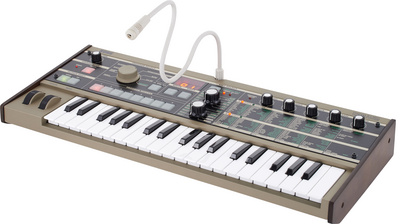
From the MS-20 Mini to the ARP Odyssey FS Kit: Re-release The Beast
These days we’re well used to companies re-releasing past instruments but Korg was one of the first to do it with its MS-20 Mini in 2013. Since then it’s also given us the MS-20 FS (in multiple colours), a Kit version (and desktop MS-20M Kit), and also a refresh of the synth that started it all, the miniKorg 700FS, updating instruments from the history of Korg synthesizers.
In a surprise move, Korg also developed a range of officially licensed ARP recreations, including various Odyssey iterations (mini, desktop, full size and kit) plus mini and full-size 2600s.

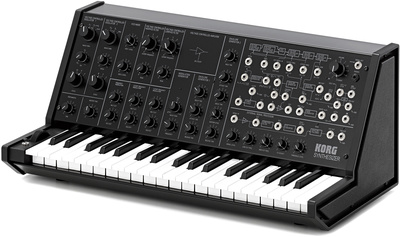

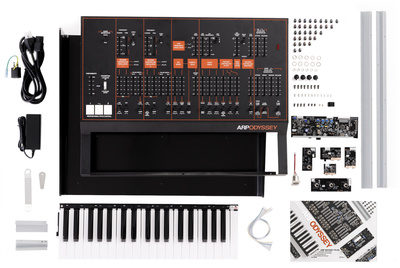

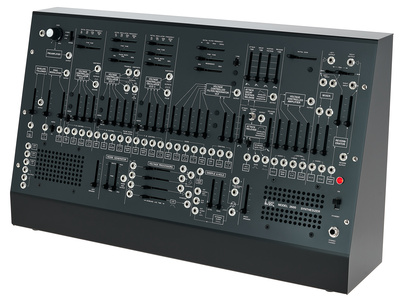
Analog and Digital: The Beast Goes On
Korg continues to refine what it does best: releasing exactly the instruments that it wants to. This includes the Logue line of all-analog Minilogue and Monologue, the hybrid Prologue and Minilogue XD, and the all-digital (and tiny) NTS-1. (Don’t forget the Minilogue Bass!)

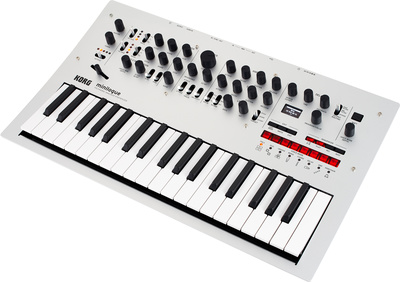

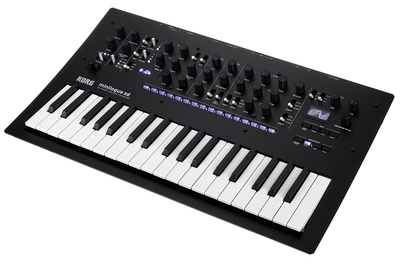

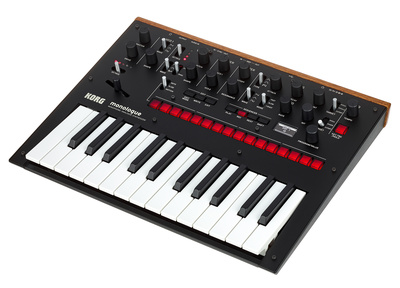

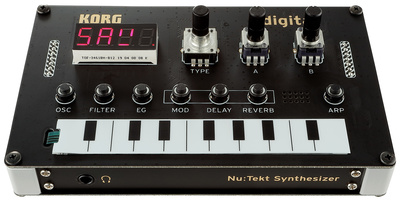
Speaking of digital, Korg has recently looked to its past for inspiration for three new synths. The Wavestate recalls the PCM-fueled Wavestation, the Opsix updates FM for the present day (anyone remember the DS-8 and 707?), and the Modwave takes the wavetable concepts of the DW-8000 and runs with them.
Finally, Korg has made many of its top synthesizers available in software form as well, from classics like the 700 right up to the modern digitals. This is a modern way to experience the history of Korg synthesizers.

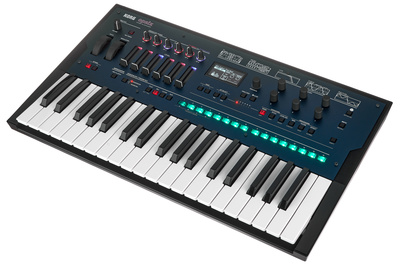

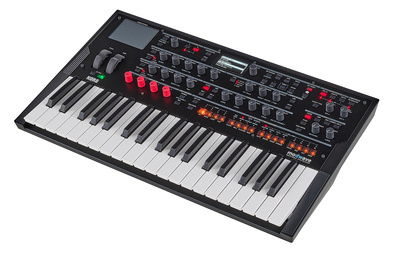
There were a lot more instruments that we wanted to cover, like the Prophecy, Radius, King Korg and Volcas, but we just didn’t have the time. What’s your favourite Korg synth? Let us know in the comments.
More about Korg:
- All about Korg
- Korg’s current synthesizer lineup
Videos
You are currently viewing a placeholder content from YouTube. To access the actual content, click the button below. Please note that doing so will share data with third-party providers.
You are currently viewing a placeholder content from YouTube. To access the actual content, click the button below. Please note that doing so will share data with third-party providers.
You are currently viewing a placeholder content from YouTube. To access the actual content, click the button below. Please note that doing so will share data with third-party providers.
You are currently viewing a placeholder content from YouTube. To access the actual content, click the button below. Please note that doing so will share data with third-party providers.
You are currently viewing a placeholder content from YouTube. To access the actual content, click the button below. Please note that doing so will share data with third-party providers.
You are currently viewing a placeholder content from YouTube. To access the actual content, click the button below. Please note that doing so will share data with third-party providers.
You are currently viewing a placeholder content from YouTube. To access the actual content, click the button below. Please note that doing so will share data with third-party providers.
You are currently viewing a placeholder content from YouTube. To access the actual content, click the button below. Please note that doing so will share data with third-party providers.
6 responses to “Japanese Giants: The History of Korg Synthesizers”

You are currently viewing a placeholder content from Facebook. To access the actual content, click the button below. Please note that doing so will share data with third-party providers.
More InformationYou are currently viewing a placeholder content from Instagram. To access the actual content, click the button below. Please note that doing so will share data with third-party providers.
More InformationYou are currently viewing a placeholder content from X. To access the actual content, click the button below. Please note that doing so will share data with third-party providers.
More Information
 4,7 / 5,0 |
4,7 / 5,0 | 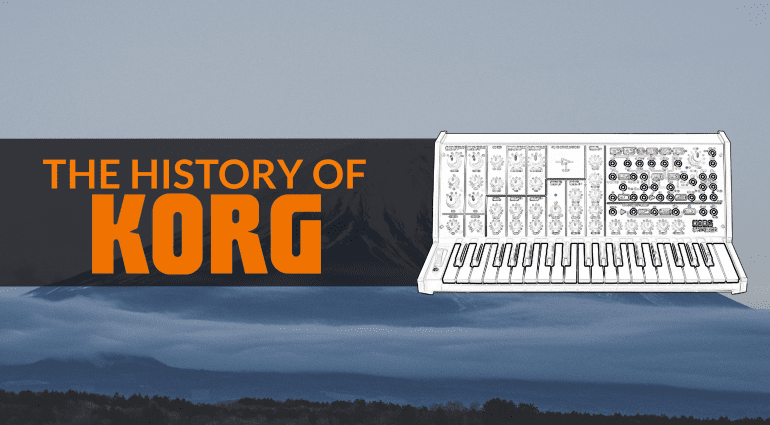

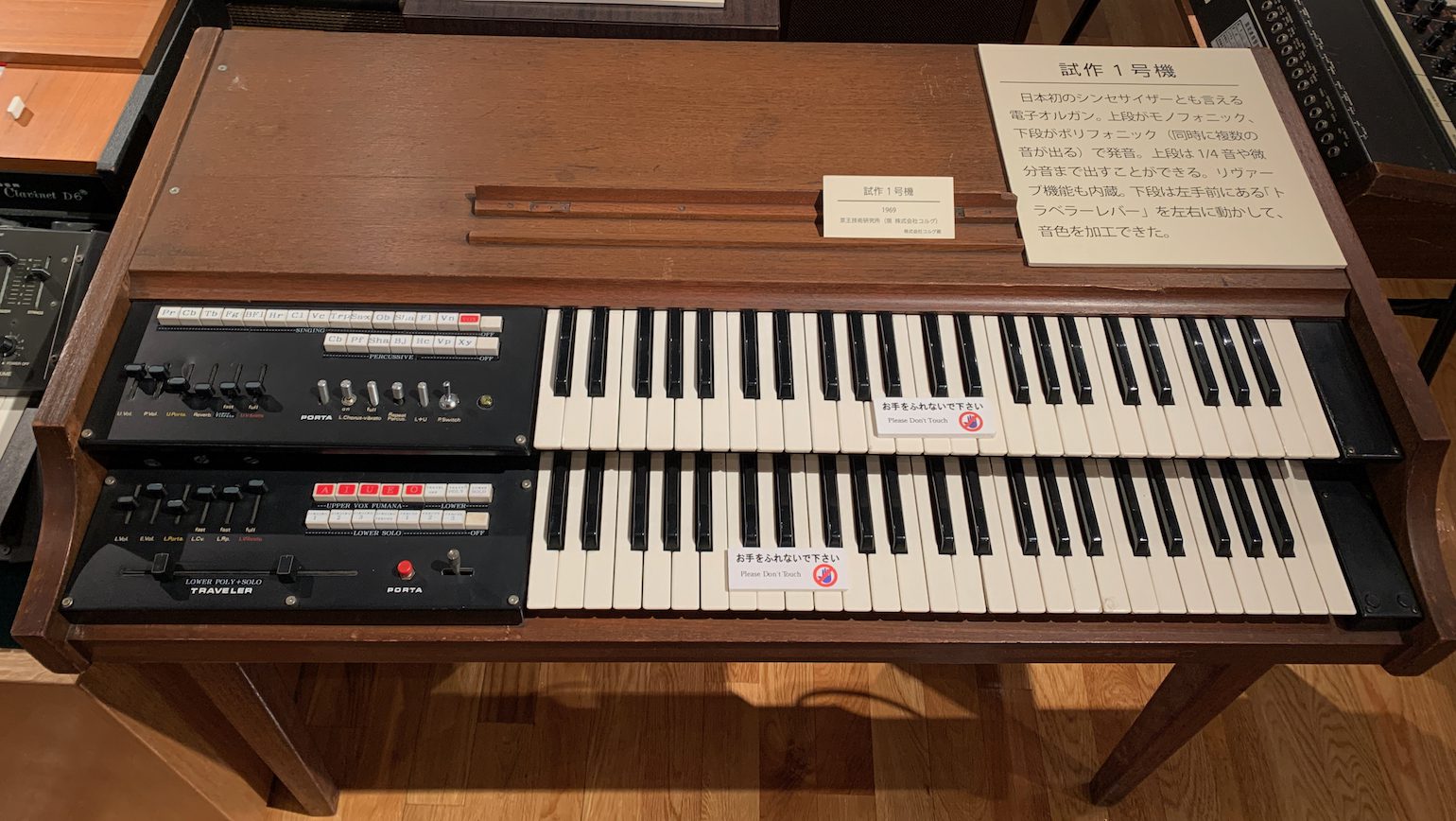
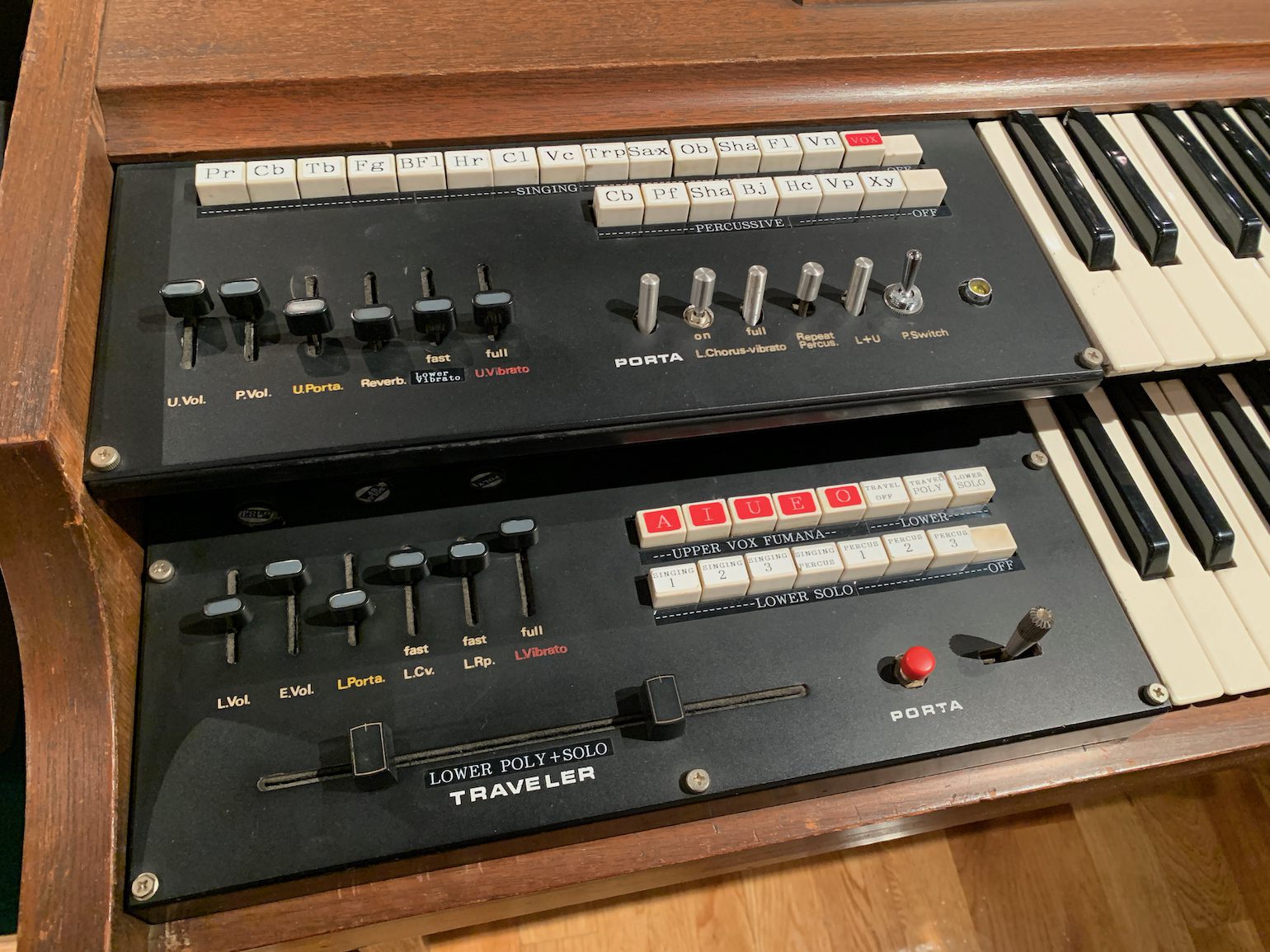
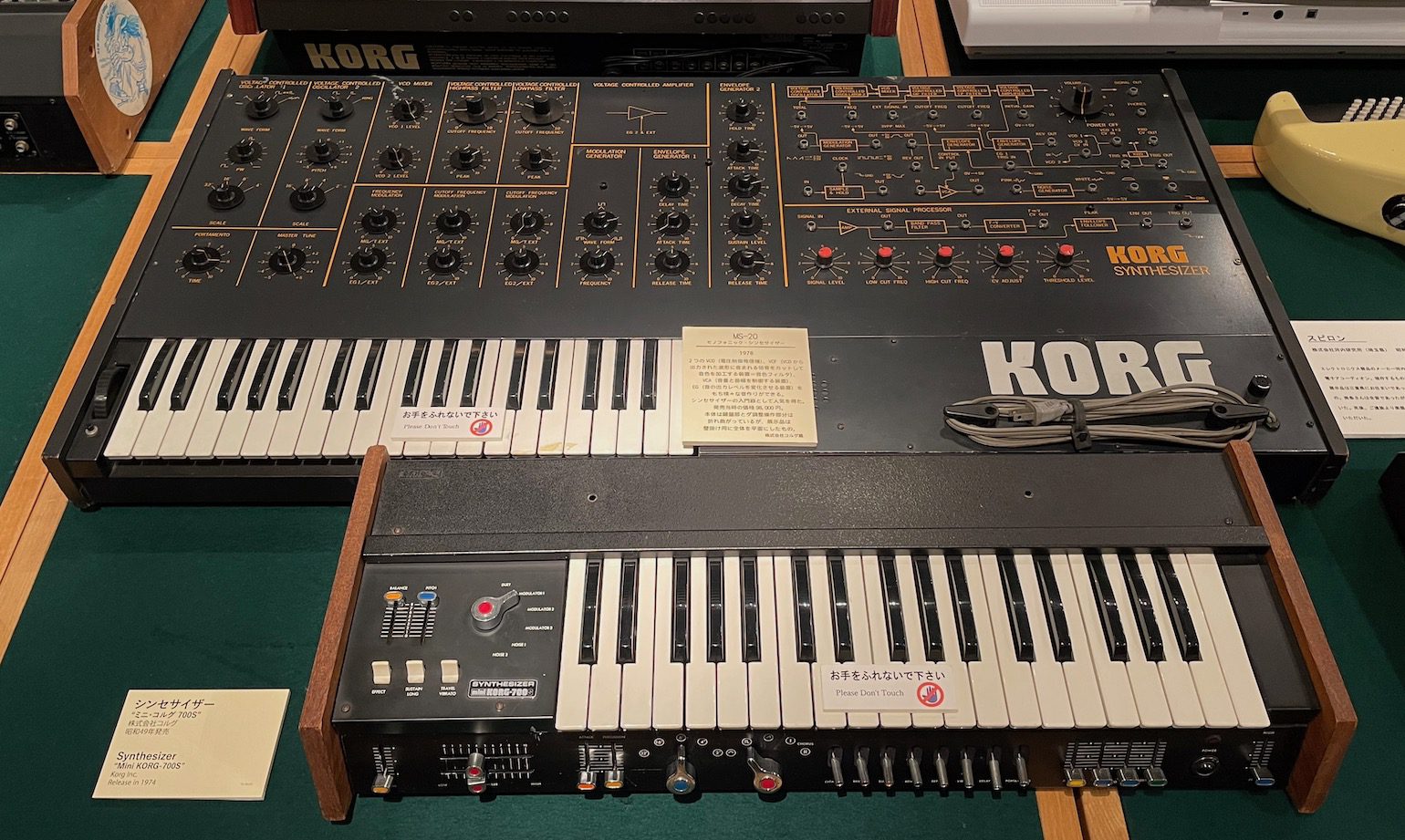


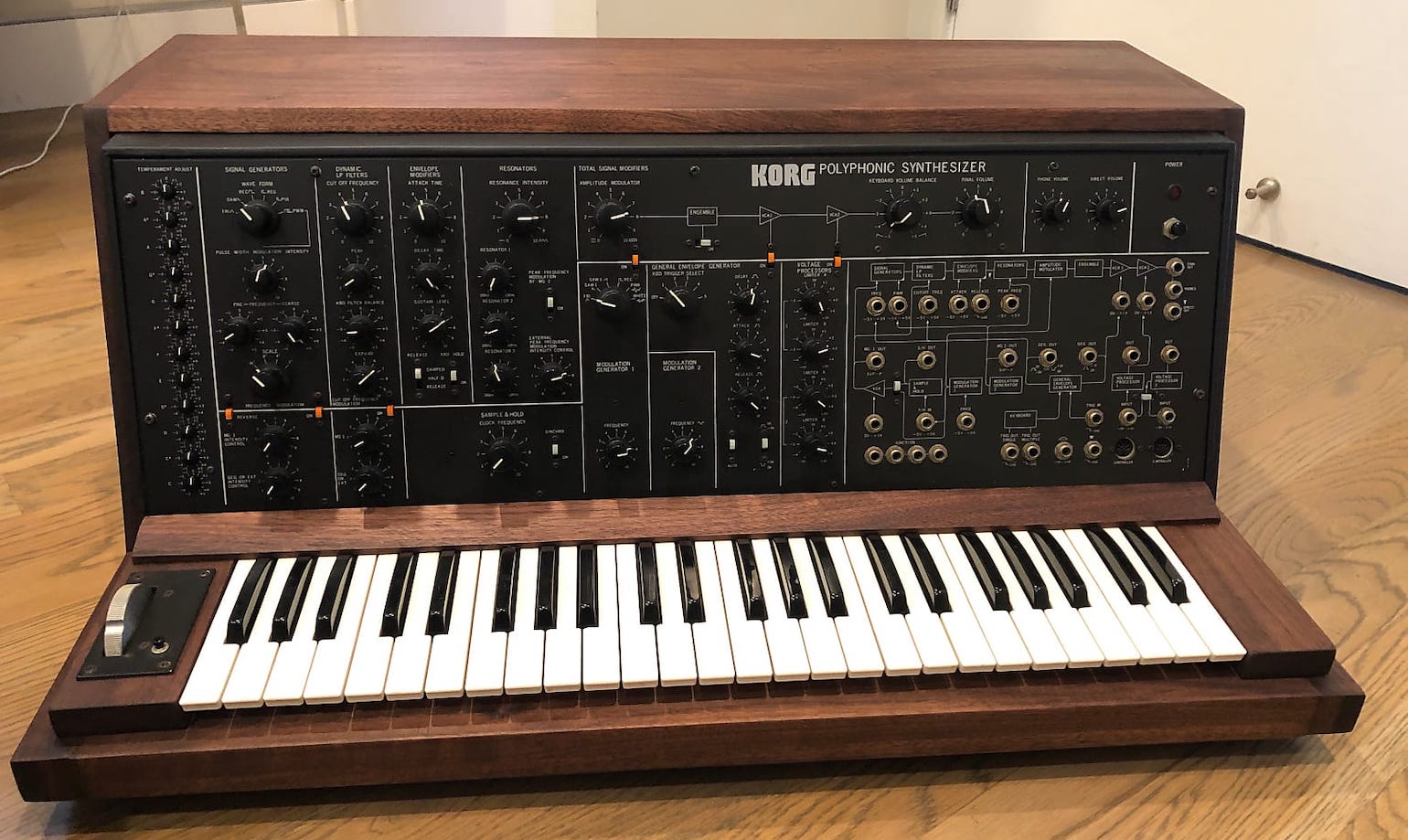
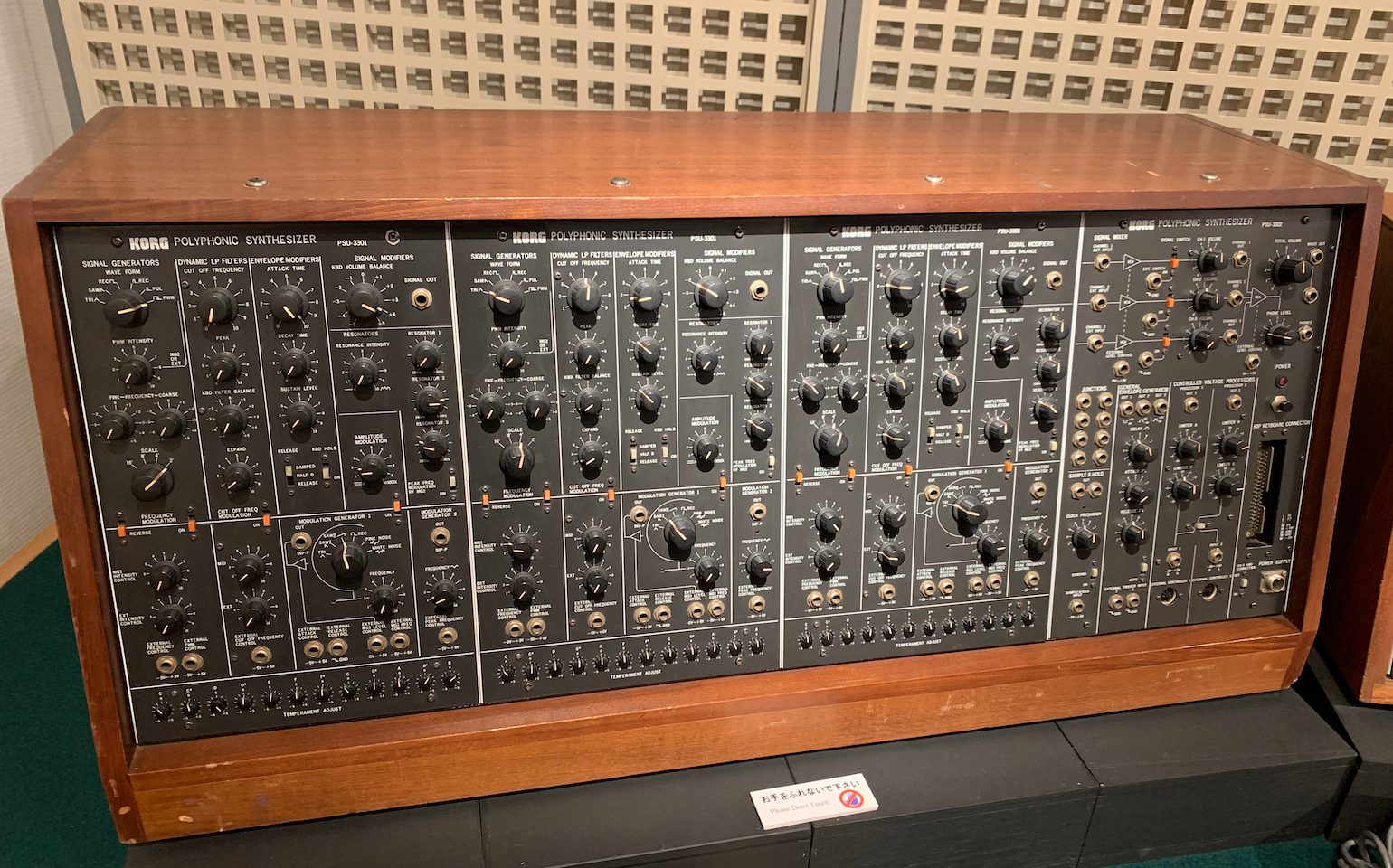
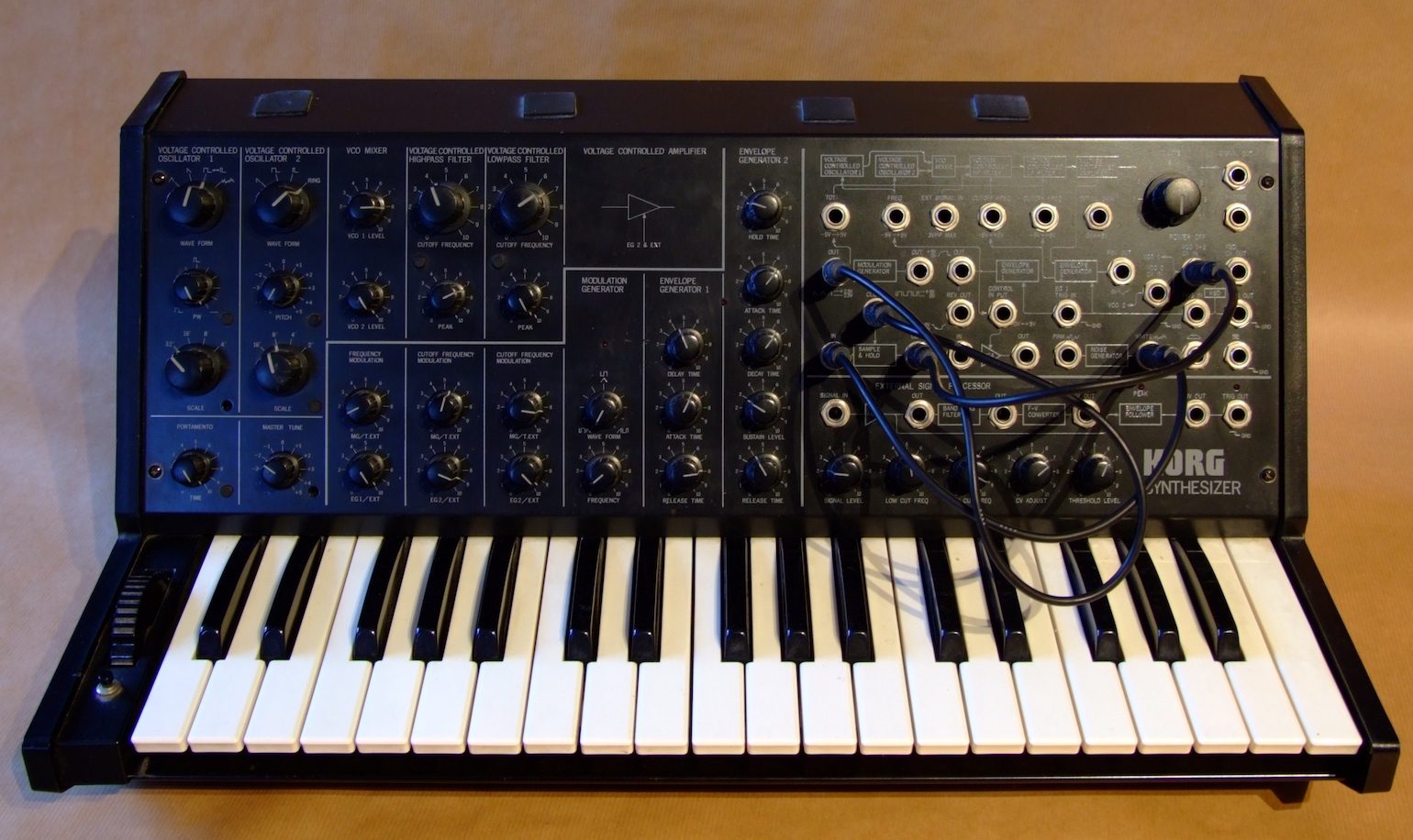

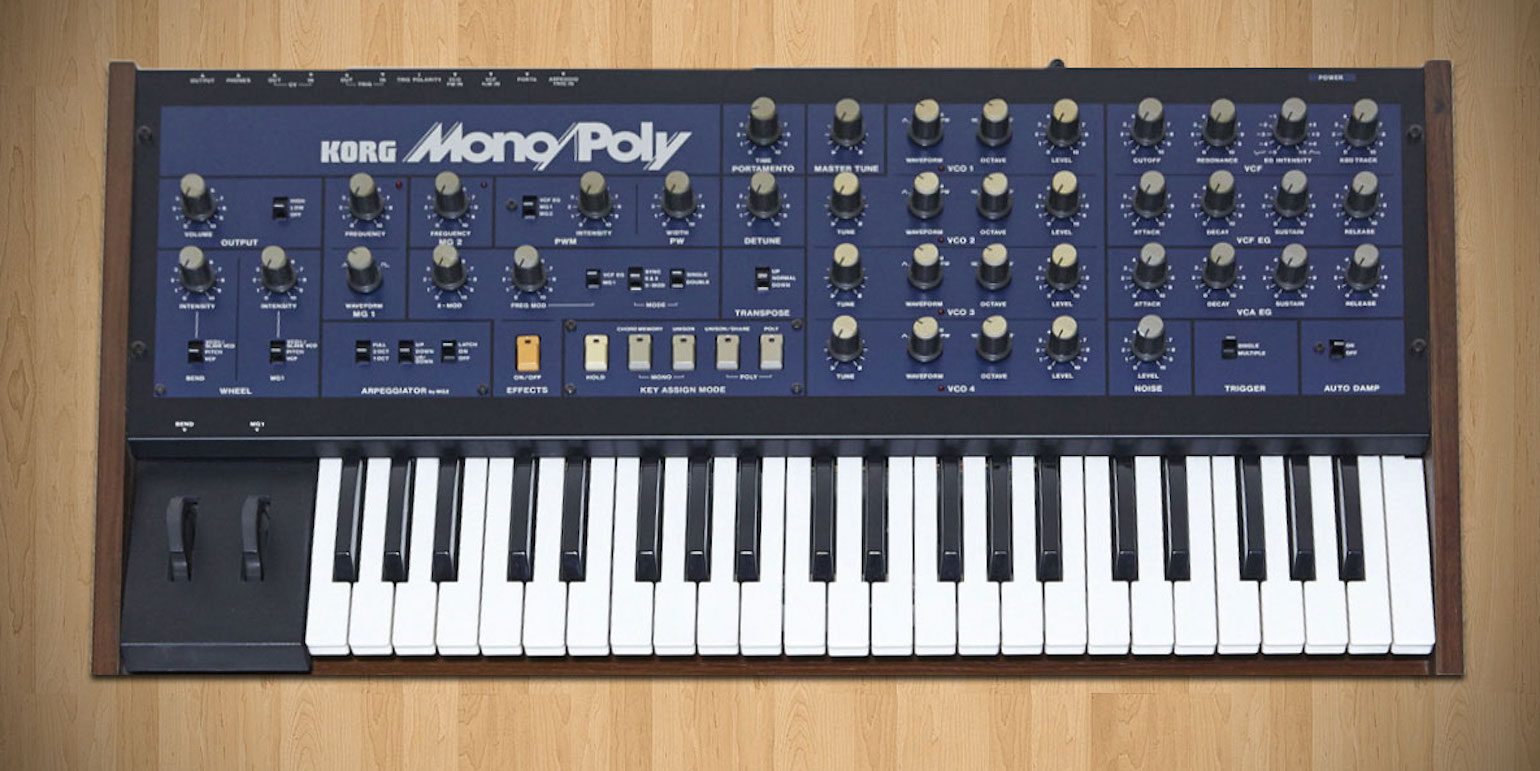



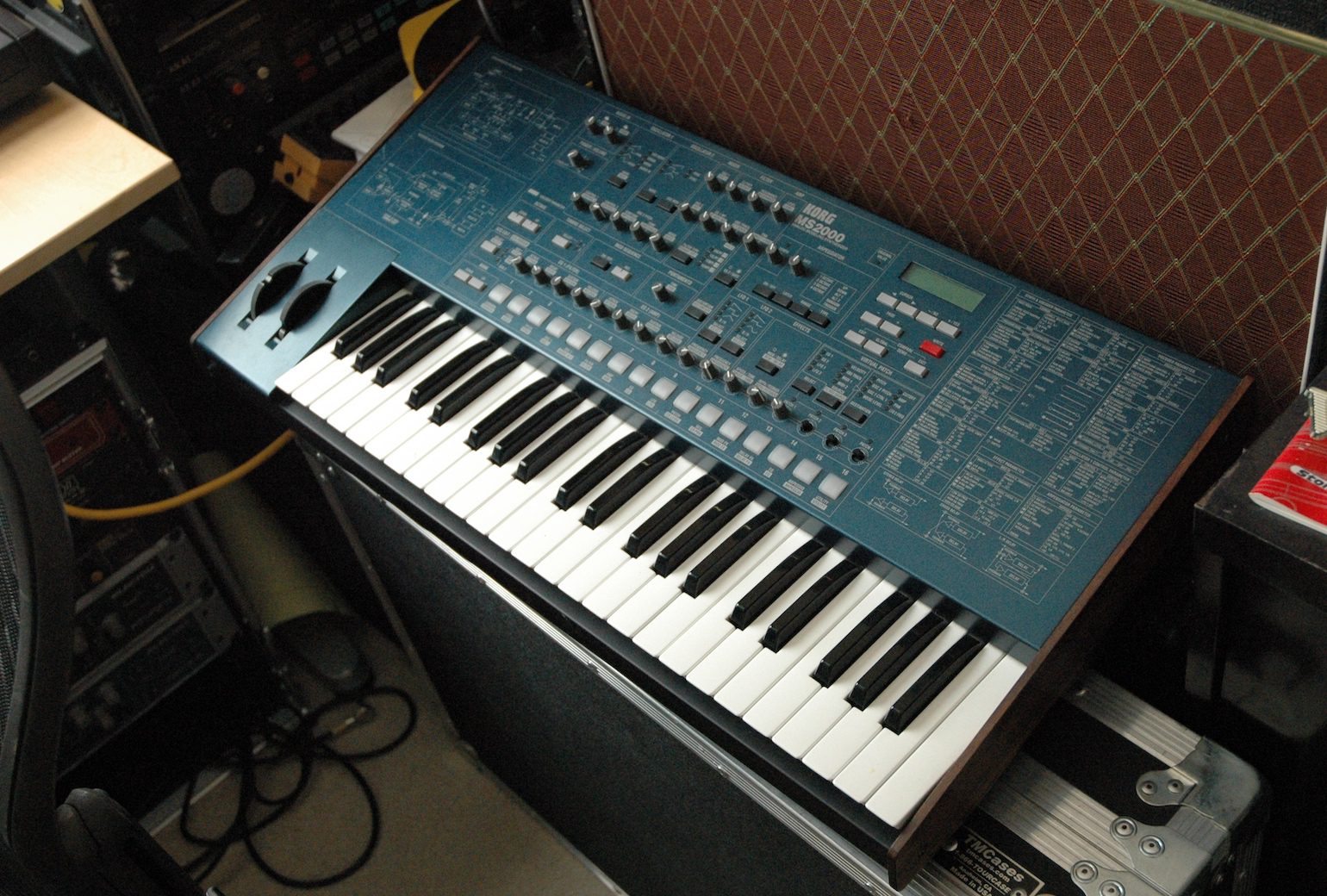






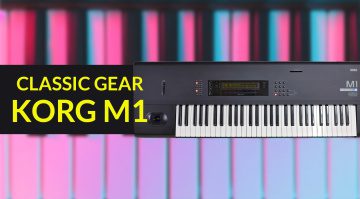
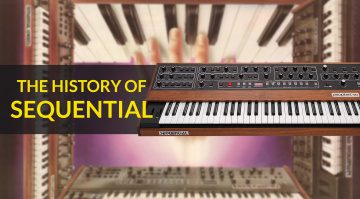
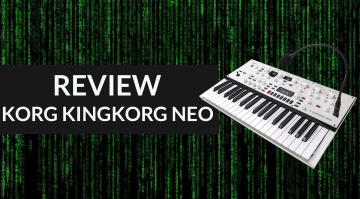
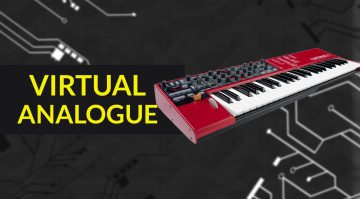
You left out the Korg Karma, one of the most innovative jam synths ever made.
Korg Sigma, Delta and Trident also missing.
Nice article but surely both versions of the OASYS deserve a mention, the PCI card version and the behemoth workstation of the mid 2000’s that begat the KRONOS etc.?
You missed out the Z1 and the Prophecy physical modelling was important, but not very successful, but it is returning….
I love the MS-50. Far more than just an expander – a wonderful synthesiser in it’s own right. Every time I sit down with it, I discover something new.
An amazing product is missed in this list: The DSS-1, the first sampling synth of Korg. It came out after DW-8000 and it is the father of “multisample” technology approach used in all the subsequent products (still today). It also has very powerful VCF and VCA, still unbeated, especially when used in Unisound (all osc togheter). Fantastic machine, I had it.